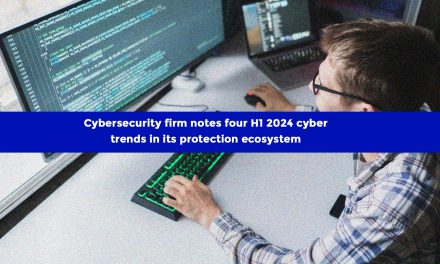That is what one regional survey’s data is projecting, given surges in triggers such as geopolitical risks and labor crunches.
In a Dec 2021 to Feb 2022 survey of decision makers from 253 banks, investment, asset management and insurance firms’ within the financial crime function across Australia, China, India, Japan and Malaysia to gain insight into the true cost of compliance, the data suggests that respondents that have spent more on technology were confident of more resilience in their firms, and spent 25% less time on due diligence.
Overall, based on the responses, the total cost of financial crime compliance has been projected to near the US$50.1bn mark in 2022. Financial institutions represented more than 80% of the total cost of compliance in the region at US$40.8bn.
China and Japan accounted for 79.2% of all regional compliance costs at 43.5% and 35.7% respectively— even though respondents in these countries accounted for only 40% of the total number of study participants. The higher costs are attributable in part to labour and technology; to complying with tighter anti-money laundering (AML) regulations; and to increased geopolitical risks and evolving criminal threats.
Key findings
Seventy four percent of surveyed professionals were dealing with increasing compliance regulations amid higher screening volumes, growing complexity in compliance and the pandemic.
Compliance professionals surveyed were addressing these challenges by expanding their operations teams, which contributed to higher labor costs on salaries (31%) and training (21%) over the past 18 to 24 months. Banks and investment firms in the survey had hired additional staff to manage increased workloads due to the rising volume of new business account onboarding.
Fifty percent of respondents indicated that an additional driver of increased financial crime compliance costs included investing in technology solutions—including network systems that support remote-working and software to conduct more rigorous compliance checks with less investigative time. Also:
- 73% of respondents named increased geopolitical risk as the greatest trigger of increased compliance costs, followed by 68% naming AML regulation, and 63% citing evolving criminal threats. Also, 72% of the larger firms in the survey indicated that financial crime compliance had a negative impact on their productivity and customer acquisition levels.
- Respondents that had indicated that money laundering prevention was a challenge included:
- Ecommerce merchants: 68%
- Retail merchants: 60%
- Legal/Accounting services: 47%
- Real estate services: 45%
- Hospitality: 19%
- Media/Entertainment/Gaming/Gambling: 7%
- Percentage of respondents indicating the following as top risk concerns:
- Trade-based money laundering: 74%
- Digital payment-based financial crimes: 67%
- Cryptocurrency-related crime: 71%
- Money mules: 65%
- Third-party legal and finance professionals legitimizing illegal activity: 70%
- Supply chain corruption: 65%
According to David Haynes, Vice President (Sales), LexisNexis Risk Solutions, which commissioned the survey: “In the Asia Pacific region additional regulations and growing complexity in the compliance space are creating more challenges than ever for financial institutions. Technology has a role to play in complementing manual routines to improve the overall compliance processes with more efficiency and effectiveness.”

















